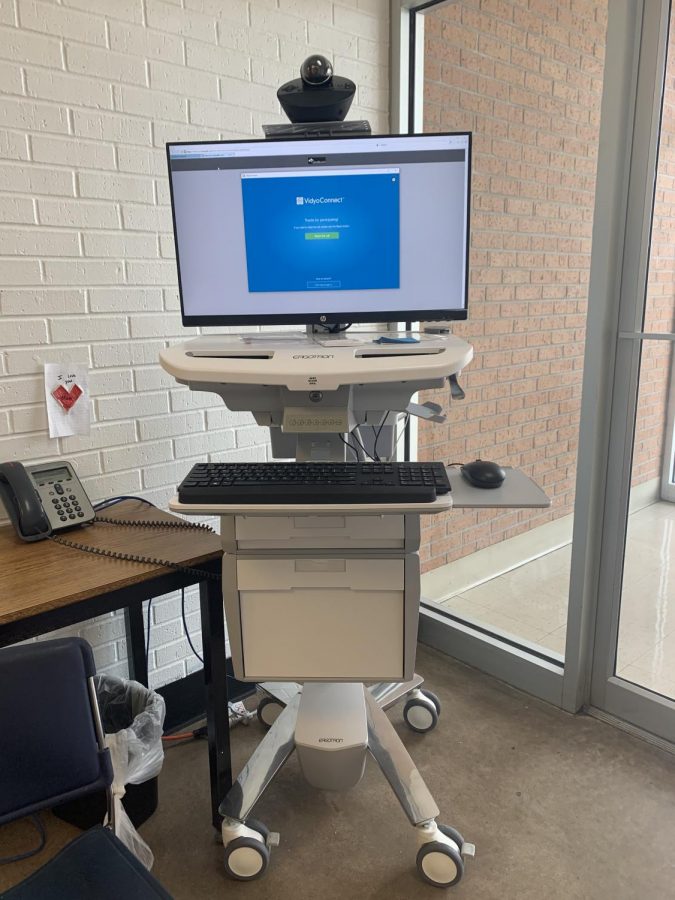Fair Grove’s Virtual Clinic
March 10, 2021
The school district of Fair Grove has added a new form of protection over the students and the staff.
Mandy Miller is the elementary school nurse and has been for six and a half years. She is now in charge of the virtual clinic that the school offers. This is offered through FCC Cox hospitals, this gives the students and staff an opportunity to medical care over video chat and a doctor on the other line.
How this works is a student can come up to the nurse and have a doctor look at the symptoms and try to diagnose what is going on like a normal in person appointment. Miller commented, “Lack of healthcare access among rural school-aged children disrupts both their quality of life as well as their ability to reach their full educational potential.”
“A student’s health is directly related to his or her ability to learn,” stated the National Association of School Nurses.
Virtual health is the provision of healthcare remotely by means of telecommunications technology. In the school setting, virtual healthcare provides a way for students and staff to receive health-related services while remaining at school/work through a virtual clinic with virtual visits. Virtual visits allow a licensed nurse practitioner or physician to examine and treat a student or staff member using a webcam and other specialized equipment such as a digital otoscope and or digital stethoscope.
Some of the symptoms that the staff and students can get examined for and are not limited to: Asthma exacerbation, the common cold, cough, Dermatitis/skin rashes, ear infection, head lice, Influenza, Laryngitis, minor burns/minor wounds, nausea/vomiting/diarrhea, pink eye, sinus, congestion/infection, sore throat/strep throat, upper respiratory infection.
The main reason that the school decided that this would be a good fit for them is because they acknowledged the fact that some kids and parents don’t have the time or resources to go to a doctor. Benefits included are: “Increased access to healthcare for at-risk students, quick and efficient access to care for students and staff, decreased student and staff absences, improving uninterrupted classroom education, limiting campus-wide outbreaks by quickly identifying communicable illnesses, and minimizing lost work time and wages for guardians and staff,” added Miller.
